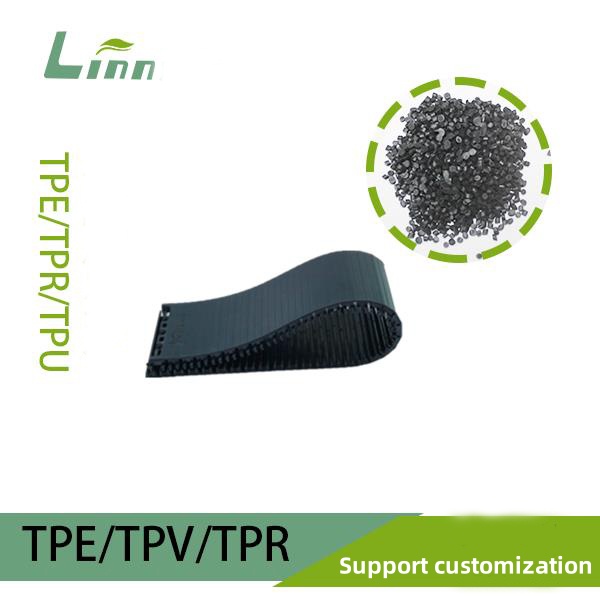Thermoplastic elastomer (TPE) is a versatile material valued for its rubber-like elasticity and plastic-like processability, widely used in industries such as automotive, medical, consumer goods, and toys. However, a common issue manufacturers face is that TPE raw materials often lack the desired transparency, resulting in cloudy, hazy, or opaque products. This can be problematic for applications like medical tubing, transparent toys, or wearable devices where high clarity is essential. This article provides a comprehensive guide to addressing TPE opacity issues, exploring the causes, solutions, and best practices to achieve crystal-clear TPE products. Drawing on industry expertise and practical insights, we aim to help manufacturers, product designers, and engineers overcome this challenge effectively.

User Intent and Challenges Addressed
Users searching for solutions to TPE raw material opacity are likely manufacturers, product designers, or material engineers facing issues with achieving transparent TPE products. Their challenges include:
Product Quality: Opaque or hazy TPE products fail to meet aesthetic or functional requirements for applications requiring high transparency, such as medical devices or consumer goods.
Material Selection: Difficulty in identifying the right TPE formulation or additives to enhance clarity without compromising other properties.
Processing Issues: Manufacturing processes that inadvertently reduce transparency, such as improper plasticizing or contamination.
Cost and Efficiency: Balancing the cost of additives or specialized formulations with production efficiency and material performance.
Regulatory Compliance: Ensuring that solutions for transparency comply with standards like FDA, ISO 10993, or REACH for medical or food-contact applications.
This article addresses these challenges by identifying the root causes of TPE opacity and offering actionable solutions, supported by data, industry practices, and expert recommendations.
Understanding TPE Opacity: Causes and Factors
TPE opacity can arise from multiple factors related to material composition, processing conditions, and equipment. Below, we explore the primary causes of opacity in TPE raw materials.
Material Composition
The transparency of TPE depends heavily on its base polymer and additives. Common TPE types, such as styrene-based elastomers (TPE-S) like SEBS (styrene-ethylene-butylene-styrene) or SBS (styrene-butadiene-styrene), are often blended with plastics like polypropylene (PP) or polystyrene (PS) to achieve desired properties. However, these components can reduce transparency if not carefully selected:
Base Polymer: SEBS-based TPEs generally offer better transparency than SBS-based TPEs due to their hydrogenated structure, which reduces double bonds and enhances clarity. SBS-based TPEs (often called TPR) may appear hazy due to the presence of unsaturated bonds.
Operating Oils: Poor-quality or incompatible operating oils, such as non-hydrogenated naphthenic or paraffin oils, can cause cloudiness. High-quality, highly hydrogenated white oils improve transparency.
Additives: Fillers, colorants, flame retardants, or stabilizers can scatter light, reducing clarity. For example, calcium carbonate or talc fillers create opacity, while certain pigments cause haziness.
Plastic Additives: Adding PP or PS to increase hardness often reduces transparency, especially in SEBS-based TPEs, as higher plastic content disrupts the material’s optical homogeneity.
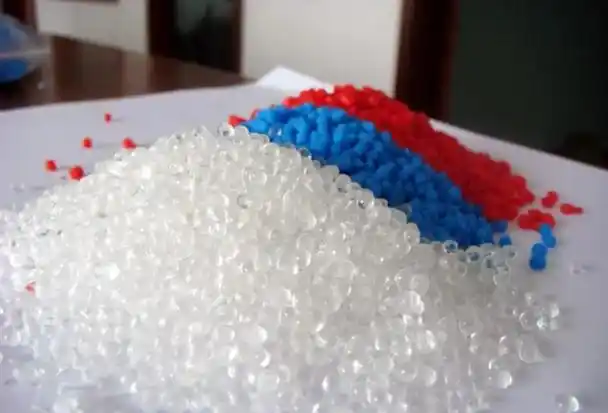
Processing Conditions
Improper processing can exacerbate opacity issues, even with a potentially transparent TPE formulation:
Plasticizing Temperature: TPE requires specific plasticizing temperatures (typically 130–230°C) for proper melting and blending. Incorrect temperatures can lead to incomplete plasticization, resulting in whitish or opaque products.
Screw Barrel Contamination: Residual materials or impurities in the injection molding machine’s screw barrel can introduce black spots, white spots, or cloudiness, reducing transparency.
Cooling Rates: Rapid or uneven cooling during molding can cause internal stresses or micro-voids, leading to haziness.
Mold Design: Poor mold polishing or surface imperfections can create a frosted appearance, mimicking material opacity.
Environmental and Aging Factors
TPE transparency can degrade over time due to environmental exposure:
Yellowing: Exposure to UV light or oxidizing agents can cause yellowing, particularly in SBS-based TPR, which has lower resistance to oxidation than SEBS-based TPE.
Moisture Absorption: Moisture trapped in TPE pellets before processing can create micro-bubbles, reducing clarity.
Aging: Over time, chemical degradation or additive migration (e.g., oil bleed) can cause cloudiness in transparent TPE products.
|
Cause |
Impact on Transparency |
Common in TPE Type |
Solution Overview |
|---|---|---|---|
|
Poor Base Polymer |
Haziness due to unsaturated bonds |
SBS-based TPR |
Use SEBS-based TPE |
|
Incompatible Oils |
Cloudiness or yellowing |
All TPE types |
Use highly hydrogenated white oils |
|
Additives/Fillers |
Light scattering, opacity |
All TPE types |
Avoid fillers, use transparent additives |
|
Improper Plasticizing |
Whitish, opaque appearance |
All TPE types |
Optimize temperature (130–230°C) |
Solutions to Improve TPE Transparency
To achieve high transparency in TPE products, manufacturers must address material selection, processing techniques, and post-processing considerations. Below are detailed solutions to overcome opacity issues.
1. Optimize Base Polymer Selection
Choosing the right base polymer is critical for transparency:
Switch to SEBS-Based TPE: SEBS is a hydrogenated form of SBS, with a saturated molecular structure that enhances clarity and yellowing resistance. SEBS-based TPEs are ideal for applications like medical tubing or transparent toys. For example, Chemiton Clear® by Franplast offers ultra-high transparency due to its SEBS base and lack of oils or plasticizers.
Avoid SBS-Based TPR for High Clarity: SBS-based TPR is less transparent and more prone to yellowing due to its unsaturated bonds. Use SBS only when slight translucency is acceptable, such as in toy manufacturing.
Select Low Molecular Weight Polymers: Higher molecular weight polymers can increase light scattering. Choosing SEBS with a lower molecular weight (e.g., 91,000 vs. 102,000) can improve clarity by reducing domain size in the microstructure.
2. Use High-Quality Operating Oils
The choice of operating oil significantly affects TPE transparency:
Highly Hydrogenated White Oils: Use white oils with multiple hydrogenation cycles to minimize unsaturated bonds, which cause cloudiness. Paraffin oils are preferred over naphthenic oils for a smoother feel and better clarity.
Avoid Low-Quality Oils: Poor-quality oils with impurities or low hydrogenation levels can cause yellowing or haziness. Source oils from reputable suppliers with consistent production processes.
Oil-Free Formulations: For ultra-clear applications, consider oil-free TPE compounds like Chemiton Clear®, which eliminate oil-related cloudiness while maintaining flexibility.
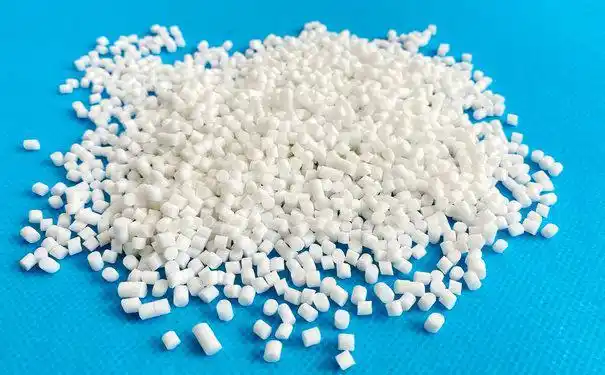
3. Minimize or Eliminate Additives
Additives can reduce transparency by scattering light or introducing impurities:
Avoid Fillers: Fillers like calcium carbonate or talc create opacity. For transparent TPE, avoid fillers entirely or use transparent alternatives like silica in minimal quantities.
Use Transparent Colorants: If color is needed, use color masterbatches designed for transparency, such as those compliant with USP Class VI for medical applications. These ensure consistent color without haziness.
Incorporate Anti-UV Agents: To prevent yellowing in transparent TPE, add anti-UV agents or antioxidants. These stabilize the material against UV exposure and oxidation, maintaining clarity over time.
Non-Migrating Plasticizers: If plasticizers are needed, use non-migrating types to prevent oil bleed, which can cause cloudiness. AuroraFlex™ Clear uses non-migrating plasticizers for food-grade applications.
4. Optimize Processing Conditions
Proper processing is essential to avoid opacity caused by manufacturing issues:
Adjust Plasticizing Temperature: Set the injection molding temperature within the recommended range (130–230°C) based on the TPE’s hardness and molecular weight. For example, softer TPEs with higher oil content may require lower temperatures (130–160°C), while harder grades need higher temperatures (200–230°C).
Clean Screw Barrel: Before molding transparent TPE, clean the injection molding machine’s screw barrel multiple times with low-hardness transparent TPE to remove impurities, black spots, or residual materials. This prevents contamination that causes cloudiness.
Control Cooling Rates: Use gradual, uniform cooling to minimize internal stresses or micro-voids that cause haziness. Ensure cooling systems are optimized for consistent heat dissipation.
Polish Molds: Use highly polished molds to avoid surface imperfections that create a frosted appearance. A mirror-like mold surface enhances the clarity of the final product.
5. Address Environmental and Aging Factors
To maintain transparency over time, consider environmental impacts:
Pre-Dry TPE Pellets: Dry TPE pellets at 70–80°C for 2–3 hours before processing to remove moisture, which can create micro-bubbles and reduce clarity.
Add Anti-Yellowing Agents: Incorporate antioxidants or anti-UV agents to improve yellowing resistance, especially for SEBS-based TPEs. These additives protect against UV-induced degradation and maintain clarity in outdoor applications.
Store Properly: Store TPE pellets in a cool, dry environment to prevent moisture absorption or premature aging, which can affect transparency during processing.

6. Use Specialized Transparent TPE Grades
For applications requiring ultra-high transparency, consider specialized TPE grades designed for clarity:
Chemiton Clear® (Franplast): A crystal-clear, oil-free TPE compound with high mechanical strength and scratch resistance, ideal for medical devices, sports equipment, and toys.
Mediprene 500M Transparent Series (HEXPOL): Medical-grade TPE with vibrant, transparent color options, compliant with USP Class VI and ISO 10993, suitable for tubing and masks.
AuroraFlex™ Clear (Aurora Material Solutions): A flexible, transparent TPE with non-migrating plasticizers, designed for food-grade and consumer applications.
These grades are formulated with high-purity SEBS, minimal additives, and optimized processing parameters to ensure clarity.
|
Solution |
Effect on Transparency |
Best for TPE Type |
Implementation Notes |
|---|---|---|---|
|
SEBS-Based TPE |
Enhances clarity, reduces yellowing |
TPE-S (SEBS) |
Use for medical, toy applications |
|
Hydrogenated White Oils |
Minimizes cloudiness |
All TPE types |
Source from reputable suppliers |
|
Anti-UV/Antioxidant Additives |
Prevents yellowing, maintains clarity |
SEBS-based TPE |
Use for outdoor or long-term use |
|
Optimized Plasticizing |
Eliminates whitish appearance |
All TPE types |
Set temperature to 130–230°C |
Practical Implementation Tips
To effectively implement these solutions, follow these best practices:
Collaborate with Suppliers: Work closely with TPE manufacturers like HEXPOL, Franplast, or Teknor Apex to develop custom formulations tailored to your transparency needs. Provide detailed specifications, including hardness, application environment, and regulatory requirements.
Test Samples: Before full-scale production, test TPE samples for transparency using small-scale molding. Check for cloudiness, black spots, or yellowing under controlled conditions.
Verify Compliance: For medical or food-contact applications, ensure the TPE formulation meets standards like FDA, ISO 10993, or REACH. Transparent grades like Mediprene 500M are pre-certified for such uses.
Monitor Processing Parameters: Use real-time monitoring systems to track temperature, pressure, and cooling rates during molding to ensure consistency and clarity.
Conduct Burn Tests (Controlled Settings): In professional settings, a burn test can help identify material quality. High-quality TPE burns with a light odor and minimal ash, while low-quality TPE or PVC mimics produce black smoke and pungent odors.
Case Study: Transparent Medical Tubing
A medical device manufacturer faced opacity issues when producing TPE-based infusion tubes. The initial formulation used SBS-based TPR with naphthenic oil, resulting in hazy tubes that failed aesthetic and functional requirements. By switching to an SEBS-based TPE (Mediprene 500M), using highly hydrogenated paraffin oil, and optimizing the plasticizing temperature to 180°C, the manufacturer achieved crystal-clear tubes. Additional anti-UV agents were added to prevent yellowing during sterilization, ensuring compliance with ISO 10993. Cleaning the screw barrel before molding eliminated black spots, and polished molds enhanced surface clarity. The result was a high-quality, transparent product that met regulatory and market demands.
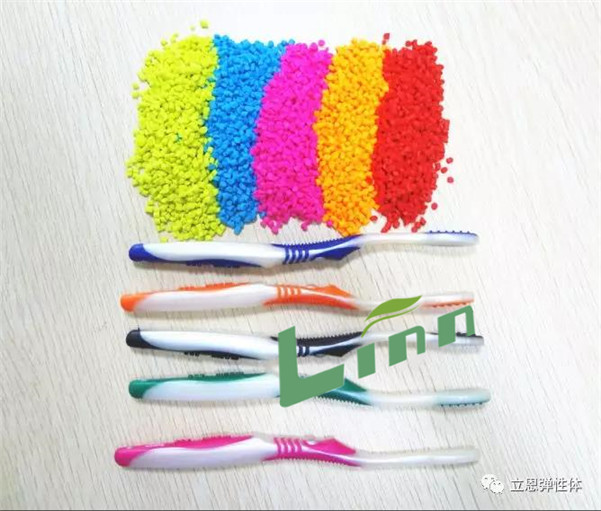
Cost and Sustainability Considerations
Achieving transparency in TPE can increase costs due to the use of high-purity SEBS, specialized additives, and optimized processing. However, these costs can be offset by:
Recyclability: TPE is fully recyclable, allowing manufacturers to reuse scrap material, reducing waste and costs.
Bio-Based TPEs: Consider bio-based TPEs, such as Arkema’s Pebax® Rnew® or Envalior’s Arnitel® ECO, which use renewable raw materials like castor oil while maintaining transparency. These align with sustainability goals and may reduce environmental impact.
Efficiency Gains: Optimized processing (e.g., shorter cycle times with proper temperature control) can lower energy consumption and improve production efficiency.
Balancing transparency, performance, and cost requires collaboration with experienced suppliers who can tailor formulations to your budget and application needs.
Conclusion
Opacity in TPE raw materials is a common challenge that can be addressed through careful material selection, optimized processing, and strategic use of additives. By choosing SEBS-based TPEs, using high-quality hydrogenated white oils, minimizing fillers, and optimizing plasticizing temperatures, manufacturers can achieve crystal-clear products suitable for medical, consumer, and toy applications. Specialized grades like Chemiton Clear® and Mediprene 500M offer pre-formulated solutions for high-transparency needs, while anti-UV agents and proper storage prevent long-term cloudiness. By implementing these solutions and collaborating with reputable suppliers, manufacturers can overcome opacity issues, meet regulatory standards, and deliver high-quality, transparent TPE products that enhance market competitiveness.
Frequently Asked Questions
1. Why do my TPE products appear hazy or cloudy?
Hazy or cloudy TPE products are often caused by using SBS-based TPR, low-quality operating oils, or incompatible additives like fillers. Switch to SEBS-based TPE, use highly hydrogenated white oils, and avoid fillers to improve clarity. Also, ensure proper plasticizing temperatures (130–230°C) and clean the screw barrel to remove impurities.
2. Can I add fillers to TPE without affecting transparency?
Most fillers, like calcium carbonate or talc, scatter light and cause opacity. For transparent TPE, avoid fillers or use minimal amounts of transparent alternatives like silica. Always test the formulation to ensure clarity is maintained.
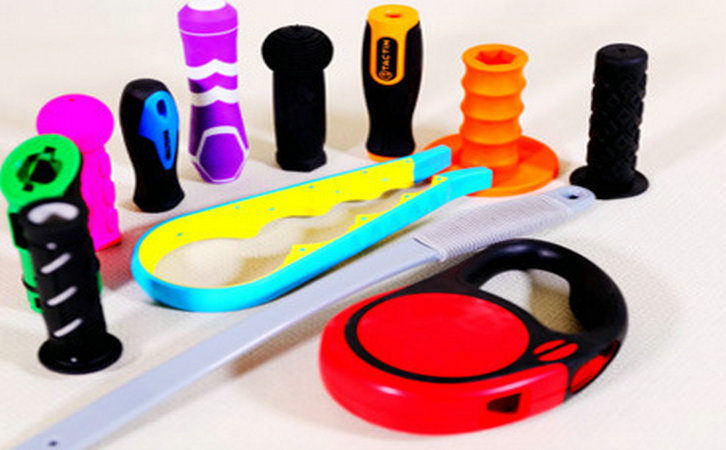
3. How do anti-UV agents improve TPE transparency?
Anti-UV agents and antioxidants prevent yellowing caused by UV exposure or oxidation, which can degrade transparency over time. They are particularly effective in SEBS-based TPEs for outdoor or long-term applications.
4. Is it more expensive to produce transparent TPE products?
Yes, transparent TPEs often require high-purity SEBS, hydrogenated oils, and specialized additives, increasing material costs. However, recyclability and optimized processing can offset these costs. Collaborate with suppliers to balance cost and performance.
5. What TPE grades are best for transparent medical applications?
Grades like Mediprene 500M Transparent Series (HEXPOL) and Chemiton Clear® (Franplast) are designed for medical applications, offering high transparency, biocompatibility, and compliance with ISO 10993 and USP Class VI. Verify certifications before use.

